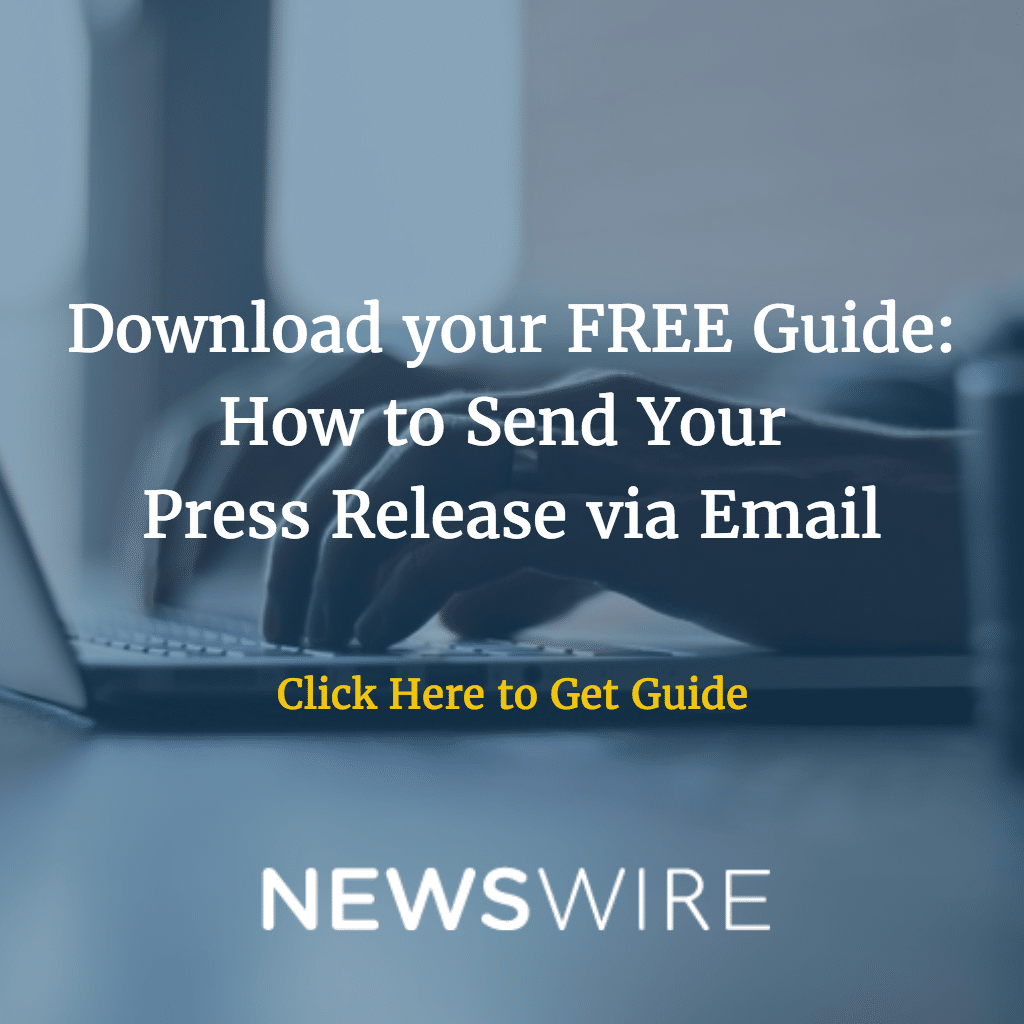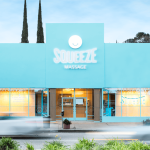What Should Go Into Your Media Kit?
A media kit, or a press kit, isn’t just for huge corporations. No matter what size your business is, or where it is in terms of maturity, a press kit can help your public relations department succeed. There’s nothing worse than missing out on a promotional opportunity because they ask for a media kit and you have nothing prepared, or worse, have no clue what they are really asking for.
What Is a Media Kit?
A media kit is an informational packet about your business or a particular product. Media kits are often requested by publications who want to know more about a company, especially if they are trying to buy advertising or get media coverage in that publication.
What should go in the media kit?
Think of your media kit as a resume for your business.
It should show the highlights of your business since its inception.
Media kits should answer any important questions about the company that the media and other interested parties might have.
A media kit should be a living document, so it is important to keep your data organized in a folder on your computer, allowing for quick and easy access.
Your kit should include an introduction, an “About Us” page, Contact page and short biographies of the executives in the company. Who are you and what do you do?–should be answered in your kit. Your “About Us” page should provide a brief history of the company.
It should also include copies of any press coverage you have received, especially from a prestigious publication such as a national newspaper or magazine, or TV channel. Provide a photocopy of the coverage if you can.
Being selective
Some information will be useful, but of more interest to an investor. For example: a media representative might be trying to decide whether or not your company is worth the investment. You will usually end up with more than one type of media kit.
For in a media kit designed for the press, you could include free content that you are granting them permission to use. It could be a media pitch, an interesting quiz, facts, figures or statistics that help provide a context for the work you do, and so on.
If you are focusing on a new product you are launching, information sheets, images, reviews and so on will all be useful.
Include some of your most recent press releases that got good media pickups.
Your online newsroom
Also provide the URL of your online newsroom so they can learn more about you.
Point them to your multimedia work
Link to your images, videos and so on.
Give your social media account information
This can also help them determine whether or not you are worth paying attention to, and also help connect with you in a number of ways, not just through your press releases or media kit.
Use a table of contents
A table of contents can help readers navigate through the information you are providing. Create sections and subsections such as introduction, earned media, story ideas for the media, and so on.
List milestones
If you’ve been in business for more than a couple of years, provide a timeline of significant accomplishments, including products launched, top media coverage, and so on.
Frequently Asked Questions (FAQs)
Anticipate what the main questions about your business will be, and answer them. It will save journalists a lot of time hunting for the information they need.












